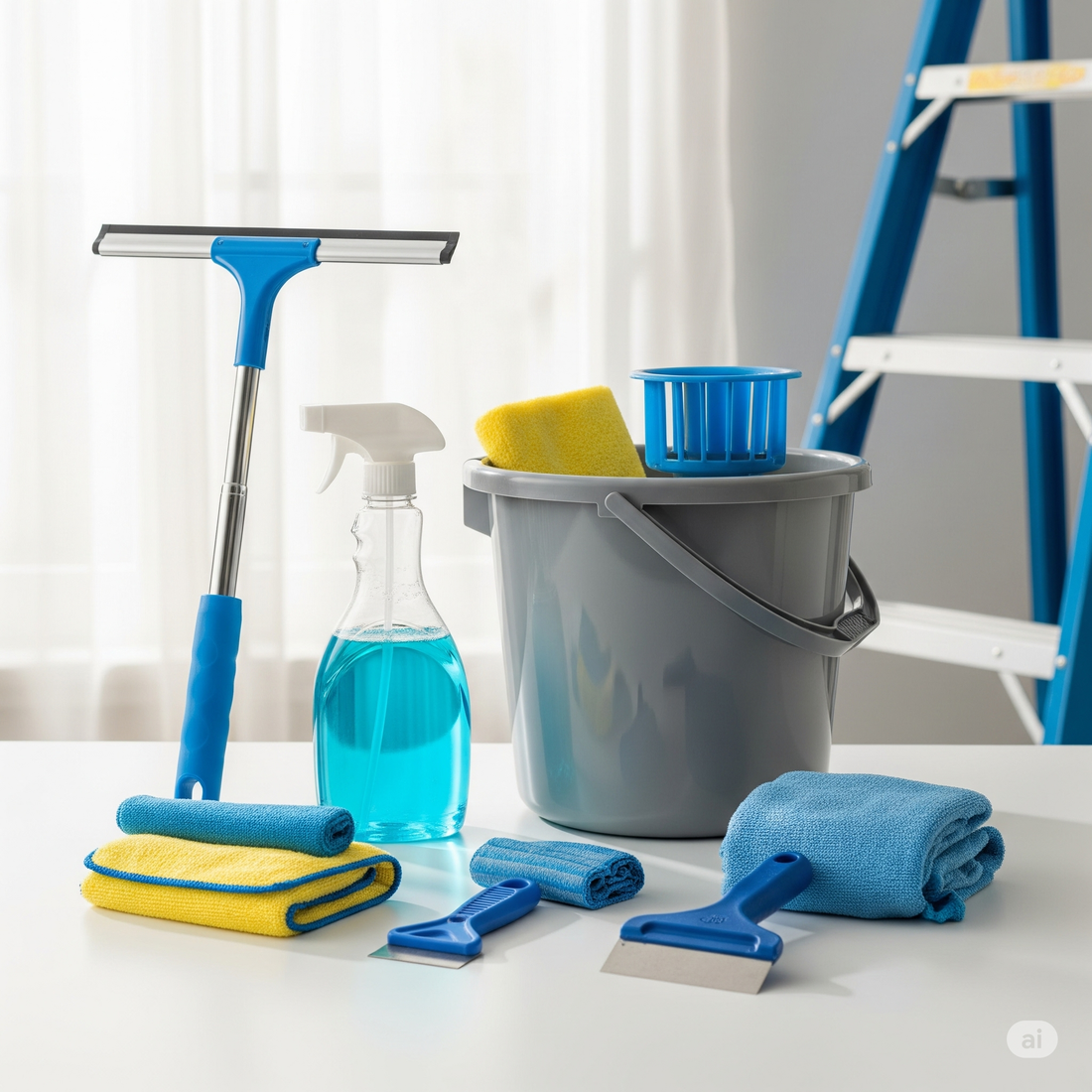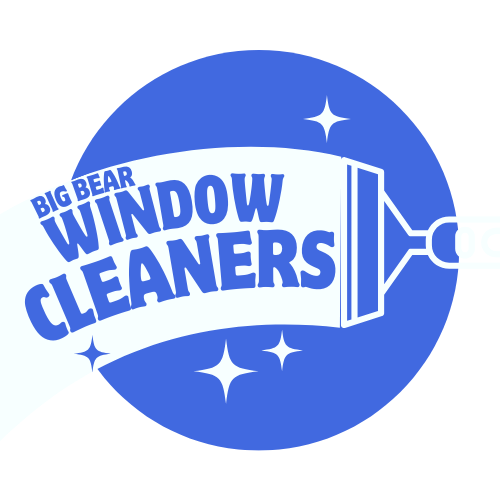
What Do Window Cleaners Use That Works So Well?
Share
Ever wonder how professional window cleaners leave windows crystal clear without streaks, smudges, or spots—while your at-home efforts often result in more frustration than shine? The secret lies not only in the tools they use, but also in the techniques and timing.
Let’s take a closer look at what professional window cleaners use and why it works so well—so you can level up your window game or know what to expect when hiring a pro.
1. Professional-Grade Window Cleaning Solution
Most pros skip the store-bought blue sprays. Instead, they use custom-mixed solutions that cut through dirt, grease, and hard water stains without leaving residue.
What’s in it?
-
Dish soap (just a few drops)
-
Distilled water (to avoid minerals and streaks)
-
Sometimes ammonia or vinegar for tougher grime
Pro Tip: The goal is a solution that lifts dirt but doesn’t dry too fast, giving you time to squeegee it off.
2. The Squeegee – The Star of the Show
A high-quality squeegee is the single most important tool in a window cleaner’s kit. Unlike paper towels or microfiber cloths, a squeegee removes all liquid from the surface in one smooth swipe—leaving no streaks behind.
Why it works:
-
Even pressure = no smudges
-
Rubber blades pull water cleanly
-
Fast drying = less chance for streaks
Pros often carry different sizes of squeegees for various window dimensions.
3. T-Bar & Microfiber Washer
Before the squeegee does its magic, cleaners apply the solution using a T-bar wand with a microfiber sleeve. This tool agitates the grime without scratching the glass and distributes cleaning solution evenly.
It works better than rags or sponges and reaches into corners effortlessly.
4. Extension Poles & Water-Fed Systems
For high or hard-to-reach windows, cleaners use telescopic extension poles—sometimes up to 30 feet long! Many of these are equipped with water-fed brushes that spray purified water through the brush directly onto the window.
Why purified water?
-
It contains no minerals or chemicals
-
It dries spotless—no need to squeegee!
This system is safe for windows on multi-story homes and eliminates the need for ladders in many cases.
5. Lint-Free Cloths & Detail Tools
To polish up edges, corners, or leftover drips, pros use:
-
Lint-free cloths (usually surgical towels or microfiber)
-
Scrapers or razors for removing paint, stickers, or sap
-
Detailing brushes for sills and tracks
Bonus: They Clean at the Right Time
Professionals know that timing matters. Cleaning windows in direct sunlight causes the cleaning solution to dry too quickly—leaving streaks behind.
That’s why early morning or overcast days are ideal for streak-free results.
Recap: What Do Window Cleaners Use?
-
Custom cleaning solutions (not store-bought sprays)
-
Professional-grade squeegees
-
T-bar with microfiber sleeves
-
Water-fed poles with purified water
- Lint-free cloths and detail tools
